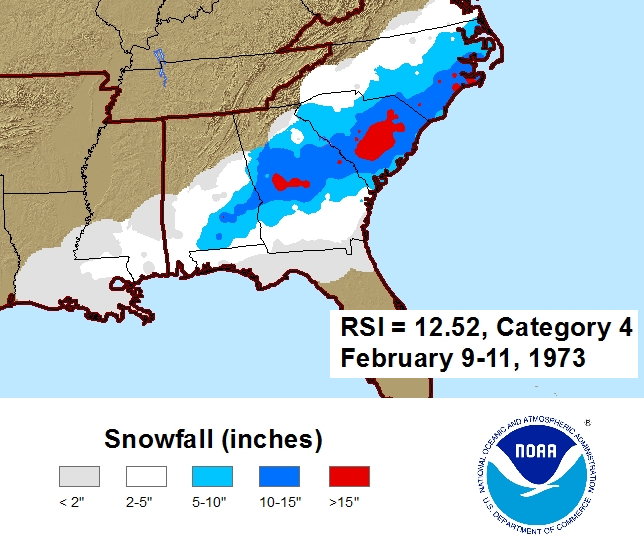The rapid warming in 3.4 continues. Per Tidbits, 3.4 has warmed over 0.7 C in just 6 days! It is now at +0.665 C. In the years that I’ve been following this graph, I don’t recall seeing a more rapid warming in 3.4:
https://www.tropicaltidbits.com/analysis/ocean/nino34.png
This is the kind of move often seen in the much more volatile 1+2 due to its small size but certainly not in 3.4. The TAO buoys support that there has been warming:
https://www.pmel.noaa.gov/tao/drupal/assorted_plots/images/sst_wind_5day_drupal.png
I’ll be surprised if Monday’s weekly release doesn’t show warming in 3.4 though sometimes those weeklies surprise me. One thing I’ll note that is keeping me from betting the ranch on the warming is that the Tidbits graph had been significantly cooler than the weeklies and TAO last week meaning some of this supposed rapid warming may really be just catching up to reality.
https://www.tropicaltidbits.com/analysis/ocean/nino34.png
This is the kind of move often seen in the much more volatile 1+2 due to its small size but certainly not in 3.4. The TAO buoys support that there has been warming:
https://www.pmel.noaa.gov/tao/drupal/assorted_plots/images/sst_wind_5day_drupal.png
I’ll be surprised if Monday’s weekly release doesn’t show warming in 3.4 though sometimes those weeklies surprise me. One thing I’ll note that is keeping me from betting the ranch on the warming is that the Tidbits graph had been significantly cooler than the weeklies and TAO last week meaning some of this supposed rapid warming may really be just catching up to reality.
Last edited:

